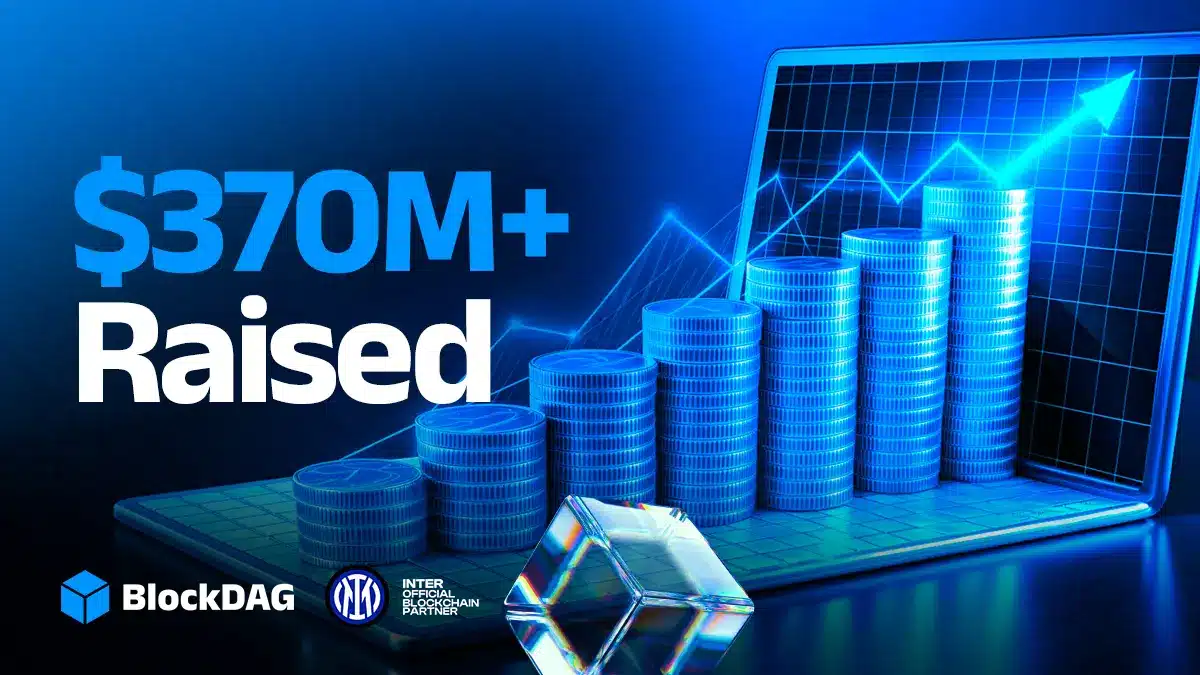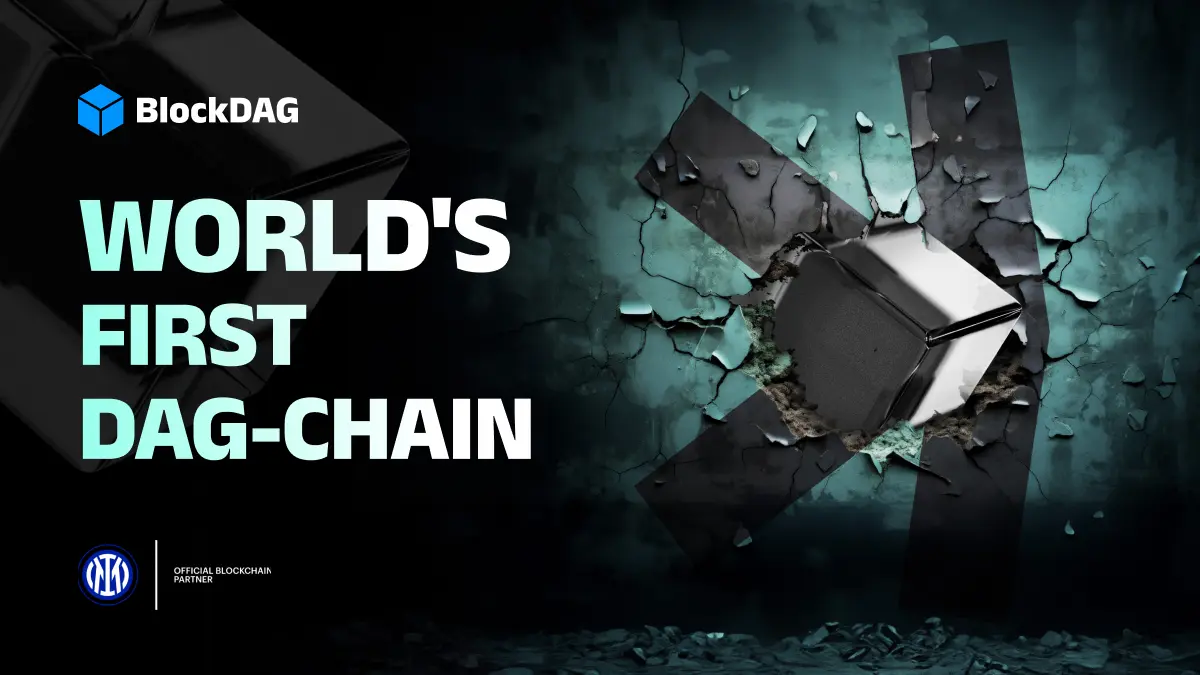Bitcoin and Ethereum rely on linear block structures, where each block must wait for the previous one to finish. This setup ensures strong security but slows performance. Directed Acyclic Graphs, or DAGs, flip the model by allowing multiple confirmations to happen at once. Instead of a queue, transactions overlap in a web-like flow. The result is faster processing, fewer delays, and much smoother scaling.
The idea isn’t new; projects like IOTA and Kaspa showed DAG’s strengths, with Kaspa’s big run in 2023–2024 highlighting how speed and decentralization can coexist. BlockDAG takes this concept further by combining Proof-of-Work security with DAG’s ability to process in parallel. This hybrid model means users get the best of both, Bitcoin’s proven mining protection and DAG’s speed boost.
Hybrid Design Gives BlockDAG an Edge
BlockDAG can handle up to 10 blocks every second, a rate that already tops many Layer 1 blockchains still locked into linear systems. By combining Proof-of-Work with DAG, it avoids the usual blockchain dilemma of trading security for scalability. The mining layer ensures resilience, while the DAG layer keeps the system quick and adaptable across multiple use cases.
Developers are drawn to its EVM compatibility, which lets Ethereum projects migrate seamlessly without rebuilding from scratch. This lowers barriers to adoption and gives BlockDAG an instant entry point for dApps.

Alongside this technical edge, its presale has surged past $380M with 25 billion coins already sold. That momentum, backed by a growing developer community and active miners, sets the stage for strong network growth once live. It signals confidence from builders who see long-term opportunities in ecosystems that provide both speed and security without compromise, unlike slower legacy models.
Why $1 Looks Achievable for BDAG
Several drivers fuel the case for BDAG reaching $1:
- Capital Strength: With a $600M target, BlockDAG will step into mainnet with one of the deepest financial reserves among 2025 launches, providing confidence for builders, miners, and users alike. A strong base reduces risk.
- Community Size: Over 2.5M mobile miners using the X1 app and 200K active holders give BlockDAG a pre-launch base that most projects struggle to achieve after listing. This foundation makes future growth smoother.
- Developer Power: More than 4,500 developers are already working on 300+ applications, far surpassing Kaspa’s ecosystem during its early rally. Real adoption demands live projects, and BDAG is stocking that pipeline early with breadth.
- Scarcity Factor: With Batch 29 priced at $0.0276, a rise to $1 reflects a 35x climb. Considering $380M raised and heavy adoption signals, many analysts see the move as a reasonable projection, not hype. The numbers line up.
2025 Could Be the Year of DAG
Momentum in crypto isn’t only about speed, it’s about the story. In recent years, Kaspa showed how DAG adoption could spark a massive wave of attention. Now, BlockDAG fits squarely into the “next big DAG” narrative, ticking the boxes of scalability, security, and community traction that markets crave.
Just as modular chains defined 2023 and Layer 2 solutions took the spotlight in 2024, 2025 is shaping up as the year DAG frameworks gain mainstream attention. With more than $380M secured, millions of miners engaged, and thousands of developers building, BlockDAG is positioned in a league of its own. This combination of activity and scale is unusual before launch.

Challenges remain; energy demands from PoW must balance efficiency, and global-scale transaction testing will be crucial. Still, BlockDAG’s combination of adoption and funding puts it ahead of many rivals. Numbers don’t just suggest potential, they show traction that few projects achieve before mainnet, and that traction fuels belief in $1 targets.
Looking Ahead
BlockDAG isn’t chasing attention with hype; it’s a serious Layer 1 leveraging DAG tech to redefine what’s possible in blockchain design. If presale momentum continues and the $600M goal is reached, BDAG enters its launch phase with unmatched funding, a massive community, and deep developer support.
The current Batch 29 price of $0.0276 already reflects a 2,660% gain compared to early buyers, while the confirmed launch price sits at $0.05. With these foundations, analysts suggest a path toward $1 isn’t just dream talk, it’s grounded in math, momentum, and architecture.
For 2025, as narratives shift toward scalable systems with real adoption, DAG could be the story everyone follows. BlockDAG, with its mix of Proof-of-Work security and DAG scalability, is leading that charge.

Presale: https://purchase.blockdag.network
Website: https://blockdag.network
Telegram: https://t.me/blockDAGnetworkOfficial
Discord: https://discord.gg/Q7BxghMVyu

